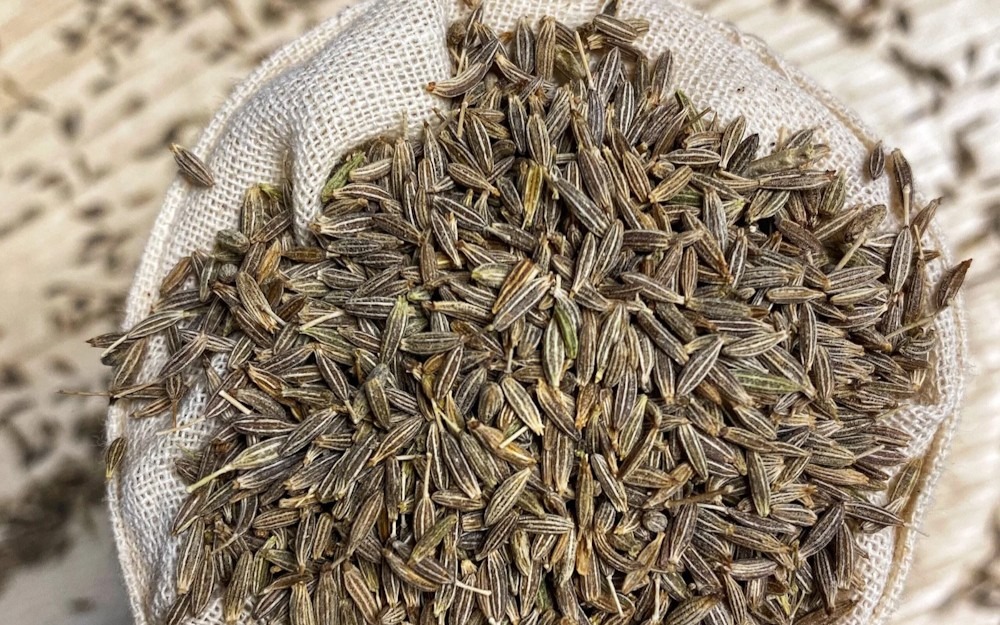
Jeera prices experienced a modest increase of 0.03%, concluding at Rs 18,945, driven by mild short-covering following recent declines, as traders participated in low-level purchasing activities. Initial price pressures were attributed to subdued domestic and export demand after the conclusion of the retail season, coupled with sufficient supplies and substantial carry-forward stocks. The GST Council’s decision to reduce the GST rate on jeera to 5% is anticipated to bolster domestic consumption and FMCG exports, potentially offering a buffer to prices in the forthcoming sessions.
Traders have noted that demand from international buyers continues to be weak, despite geopolitical tensions in major producing nations like Syria, Turkey, and Afghanistan limiting their supply capabilities. India’s production for the 2024-25 season is projected to be approximately 90–92 lakh bags, a decrease from the previous year’s figure of 1.10 crore bags. Gujarat is expected to contribute around 42–45 lakh bags, while Rajasthan’s contribution is estimated at 48–50 lakh bags.
During the period from April to July 2025, jeera exports experienced a significant decline of 19.81%, totaling 73,026 tonnes, down from 91,070 tonnes in the previous year, indicative of subdued international demand. In July, exports experienced a decline of 20.83% compared to the previous year, contributing to a further deterioration in market sentiment. In the Unjha spot market, prices experienced a decline of 0.77%, settling at Rs 18,909.65, amidst a backdrop of limited trading activity.
From a technical perspective, the market is experiencing short covering, evidenced by a 3.39% decline in open interest to 3,081, while prices have increased by Rs 5. Jeera is currently encountering support at Rs 18,680; a breach of this level may lead to a decline towards Rs 18,400. Conversely, resistance is identified at Rs 19,120, with an upward movement potentially challenging Rs 19,280.
